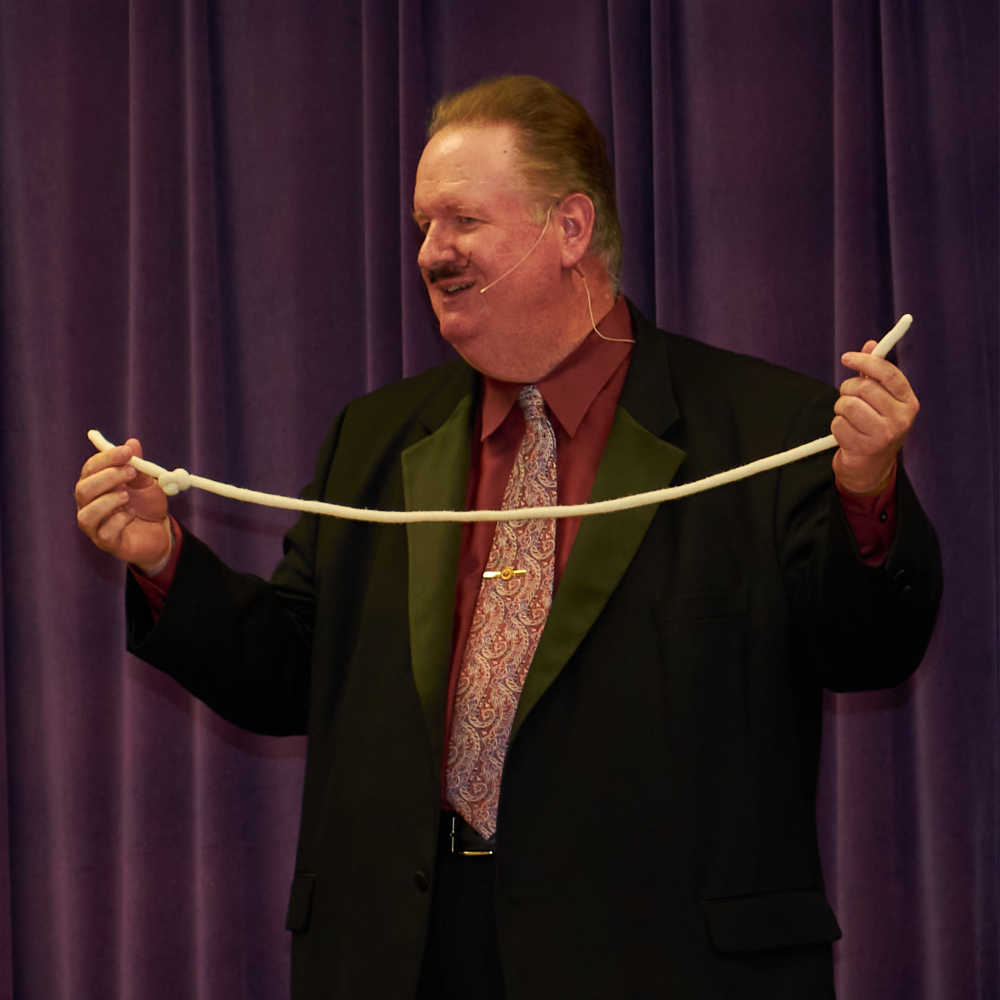The Curse of the Capable

And yet you are still behind on the project. Why are they procrastinating? Why don’t they want to do the work?
Or perhaps the scenario is different. Maybe none of this is about your team. Maybe it’s about you personally. You know you want to accomplish more, and you aren’t putting things off on purpose. But obvious tasks languish unfinished.
If it’s not a lack of capability or capacity, what is it?
If it’s not a motivation gap, what is it?
If it’s not procrastination, what is it?
It’s the curse of the highly-capable: distraction.

The Focus Gap
The high-performer’s mind is not avoiding work; it’s amassing more of it. It thrives on stimulation, problems to solve, ideas with which to toy and tinker. The high-performer wants to act; focus is the key to effective action.
And so the weakness in the strong armor of the highly capable person is not a skill gap. It’s a focus gap.
When you find that your attention is drifting, consider these five tips for achieving and sustaining your focus.
Five Focus Tips
- First things first. Stephen Covey had it right – prioritizing your tasks will help you not only to keep your focus, but will protect your most important tasks from being affected if and when your attention naturally wanes.
- Outline your outcomes. Clearly define three key achievements for the day. Don’t overload.
- Challenge yourself. At the same time, don’t set a low bar on the goals for the day. If you have to stretch a little in order to accomplish the task, you’ll stay more focused than if you’re on auto-pilot.
- Use the tools you have, but use them effectively. You know when your phone, tablet, and browser are not helping your progress. The same goes for your email, your team’s live meetings, and your general time management skills. Take a refresher course if needed.
- Steady as she goes. The most focused people have cultivated a habit of focus and built the skill of concentration. This doesn’t mean that you don’t take breaks; it means that you are intentional about them. Your goal is to escape the “crunch and cruise” cycle for a more consistent process, knowing that you’ll have to adapt as priorities change.







